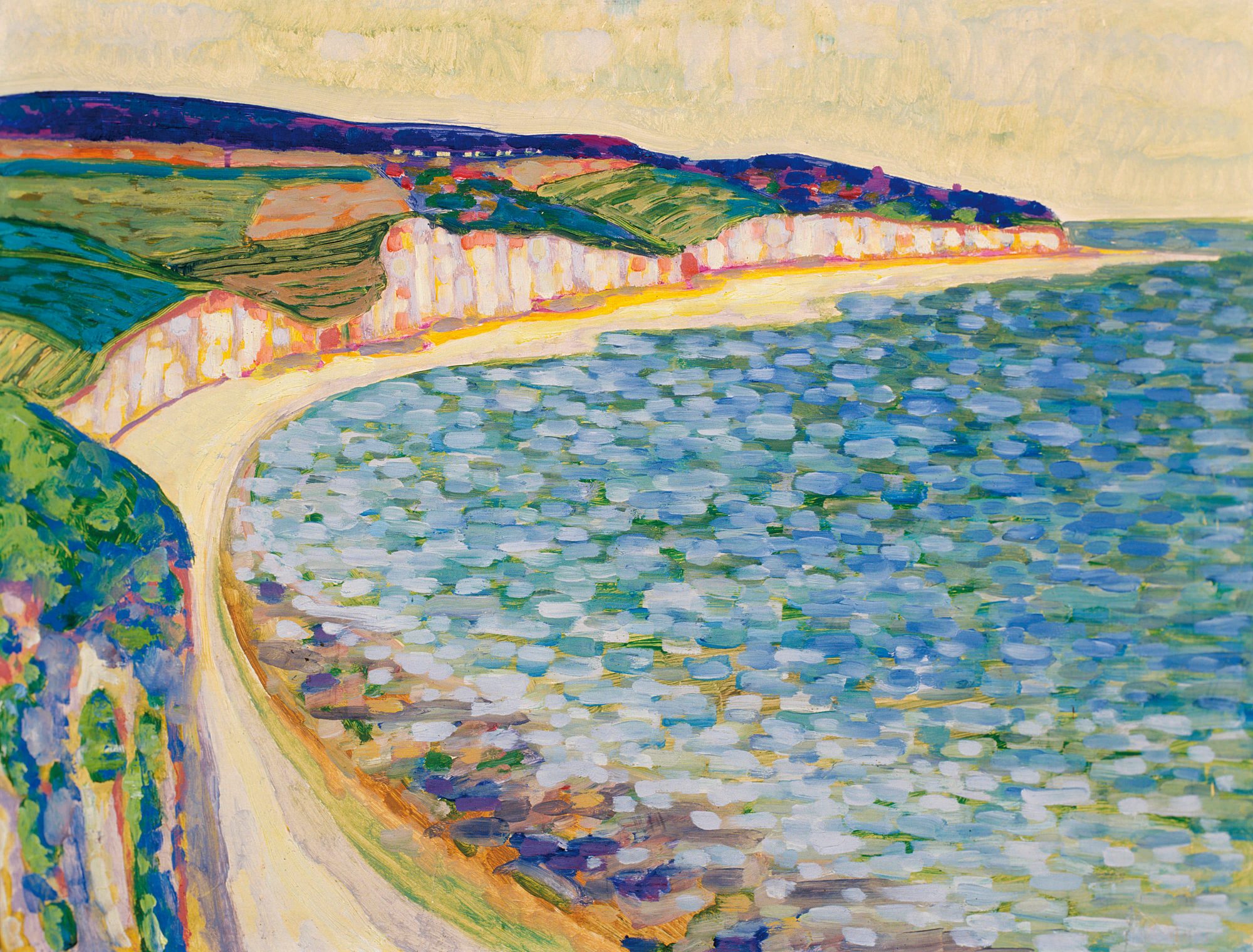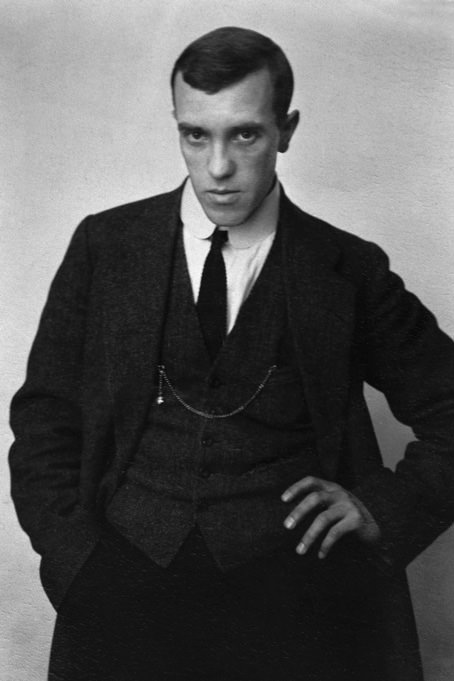

The reproduction of these works without the express written consent of the owner of the works is prohibited.
DownloadNormandy
The current whereabouts of practically none of the paintings from Konrad Mägi’s two Parisian periods are known. Still, we can assume that the Paris period was productive with several dozen works completed and the works painted in Dieppe, on the coast of Normandy, in summer 1911 make up a separate chapter. Mägi travelled there with his friend Ferdinand Kull early that May.
As the summer of 1911 was exceptionally hot, the town was flooded by holidaymakers, and this could be seen on some of Mägi’s sketches where the beach was unusually crammed. The small town was overcrowded, so food prices also rose and Mägi and Kull’s money soon ran out. They lived in poverty, sometimes subsisting on milk alone, and left Dieppe in August, although they had intended to stay until September.
Mägi first set up his easel at Dieppe’s medieval cathedral but we know of only one painting done there, thanks to a black and white reproduction. The choice of an architectural motif as the main theme of his work is surprising after the Norwegian landscapes but it is not surprising that the building Mägi chose was cathedral with a mysterious atmosphere.
Later Mägi also depicted the coast, taking daily walks around the city and painting. Kull said Mägi painted a great deal, depicting the cathedral and a local casino on many occasions. This painting features a view of Dieppe’s beach backed by chalk cliffs. It is part of more than 120 kilometres of sea cliff and has been painted by Monet, Pissarro, Renoir, Courbet among others.
Compared to the Norwegian period, the Norman views are much more spacious and full of light, the composition is not as verbose, more blank space has been left. The brushstrokes are more fluid, the colour solutions more variegated and the approach to form more abstract.
The reproduction of these works without the express written consent of the owner of the works is prohibited.

